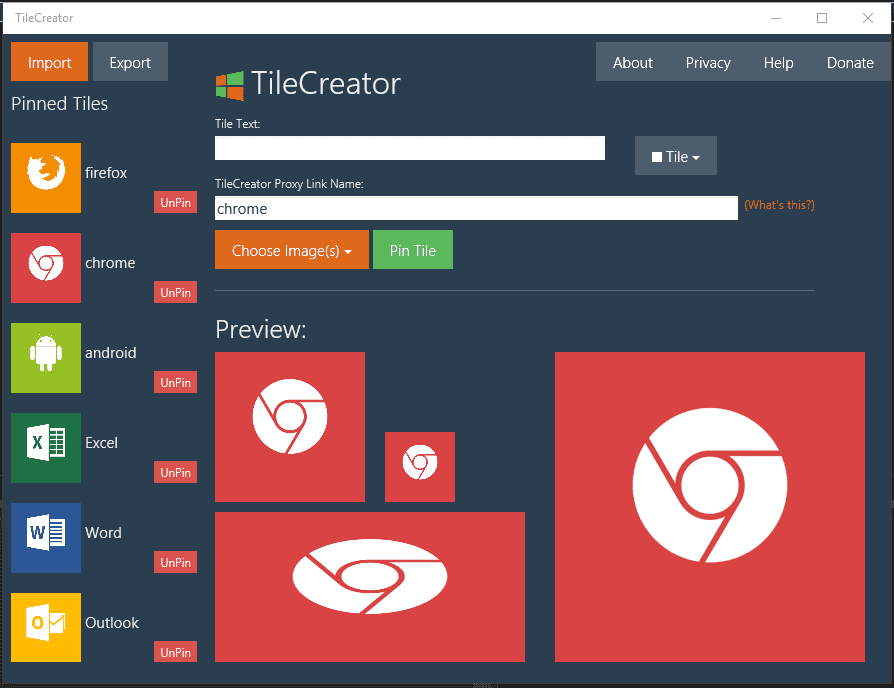
- #Customize windows image tools install
- #Customize windows image tools windows 10
- #Customize windows image tools software
In addition, you can make changes to File Explorer, including setting the application icon size, customizing the Start menu and adding favorites.
#Customize windows image tools software
You can add software installers through the assets folder and Windows Updates through a PowerShell script, as shown in Figure B.
#Customize windows image tools windows 10
Use Windows System Preparation (Sysprep) - a command-line tool you can use to duplicate, deliver and test images - to finalize the custom Windows 10 image on the technician machine.
#Customize windows image tools install
Install a custom Windows 10 image with Sysprep Once you've set up the partitions, you can remove any components that the disk is not using. Designate any space on the disk that the other partitions don't consume to the OS partition.

With MBR, you only need two partitions, one for the System Reserved partition and one for the OS. With GPT, the disk needs four partitions consisting of the Windows Recovery Environment, the EFI system, the Microsoft Reserved Partition and the OS itself. GPT and MBR-partitioned Windows 10 disks have slightly different requirements. Include details about the registered organization and the registered owner of the device.ĭesignate any space on the disk that the other partitions don't consume to the OS partition. Figure A shows information about the registered organization and registered user. This information includes details on the original equipment manufacturer for the device, the organization and the time zone the user will work in. Then, populate the file with the information it needs to bypass the welcome mode. To skip the welcome mode, create a file called unattend.xml using Windows System Image Manager. This mode generally requires user input, which can stand in the way of a fully automated Windows 10 installation. Normally, OOBE is what a user would see when he first logs on to Windows 10. Once you are logged in to the machine with admin credentials, you can use an answer file to skip the OOBE - or welcome mode - portion of the install process. Windows 10 will restart in Audit Mode with the out-of-box experience (OOBE) and provide Windows 10's built-in administrator credentials. When you install Windows 10 on the technician machine, you do not need to activate the OS. The technician machine is where you host custom themes, including the desktop background and screensaver. If you decide to go the VM route, its disk layout can be a basic input/output system and Master Boot Record (MBR) or a Unified Extensible Firmware Interface (UEFI) with a globally unique identifier Partition Table (GPT).

You will use the technician machine to tailor the Windows 10 image to your users' needs and then deliver it to them. The first step to create a custom Windows 10 image is to install Windows 10 on a technician machine, which can be any PC or virtual machine (VM) you choose. Install Windows 10 on a technician machine To avoid the need for user input, which can slow the process down, you can also automate aspects, such as skipping the End-User License Agreement (EULA) screen.įollow these steps to build a customized image and streamline your Windows 10 migration. Resources users require in one fell swoop.Īs an IT professional, you can create a custom Windows 10 image to add all the specific features users need, such as certain apps in the Start menu.


 0 kommentar(er)
0 kommentar(er)
